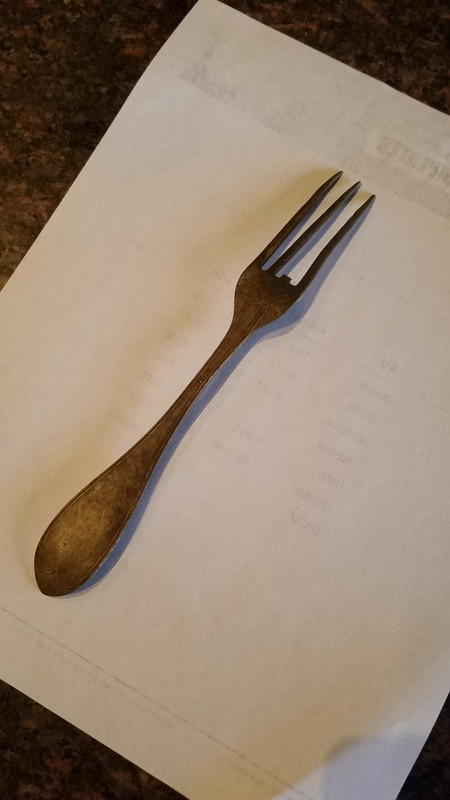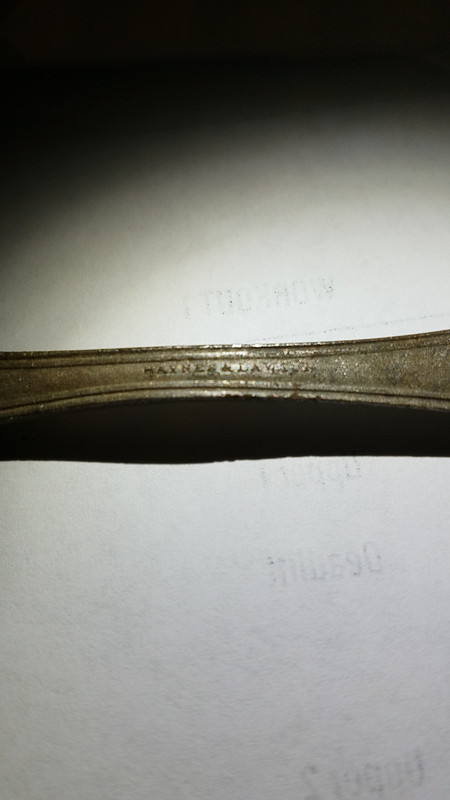Not to ascribe any particular origin to this fork, but to demonstrate that this applied design work was well known in the era, is an example here (courtesy member Goldstein) of St. Petersburg silver work by Kordes (dateable to 1859) in the thread design:
viewtopic.php?f=46&t=49010&p=148785&hil ... es#p148785
Considering the pre-railroad era (before 1869) of Pacific trade, Russian silver had been brought into California for some time when it was still under Mexican control. Even after becoming a territory and then state, California maintained some level of trade with Russia as well as everyone else across the Pacific basin. If the marks and fork do pre-date the opening of the Pacific Plate Works, then it is possible that H&L may have been importing flatwares via ocean-route trade and this design would certainly have been recognizable from both foreign and domestic sources. The period between 1856 and 1869 leaves a large hole to be filled by further samples of their marked wares. While some hotels of the pioneer era did have dining services, the vast majority relied upon outside "eating houses" that were closeby. All of these would have been in need of a supply chain from a dependable source like H&L. And that doesn't even count all of the private households being established in these boom towns.

